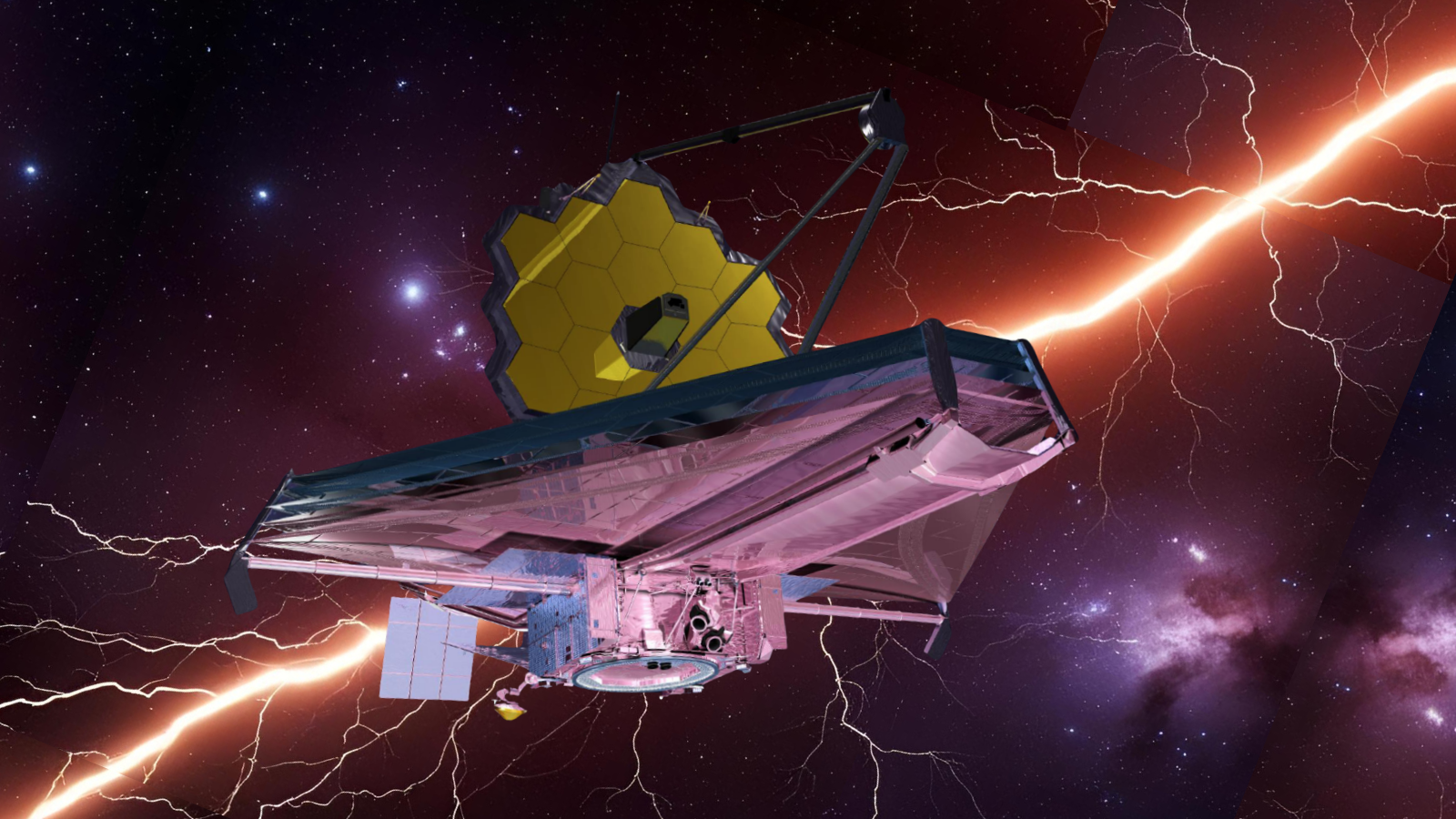Hubble Space Telescope Spots Interstellar Comet Borisov (Video)
NASA's venerable Hubble Space Telescope recently turned its eyes to interstellar visitor Comet 2I/Borisov and caught a surprise: The interloper looks a lot like comets from our own solar system.
Hubble's observations from earlier this month show that the dust, structure and chemical composition of the interstellar comet look a lot like those of the comets from our own cosmic neighborhood. Among the observed features was the classic halo of dust that comets usually have around their nuclei, or hearts.
"Though another star system could be quite different from our own, the fact that the comet's properties appear to be very similar to those of the solar system's building blocks is very remarkable," Amaya Moro-Martin, an assistant astronomer at the Space Telescope Science Institute in Baltimore, which manages Hubble operations, said in a statement from NASA.
Related: Interstellar Comet Borisov Looks Pretty Normal
Until Comet 2I/Borisov appeared, all cataloged comets came from two locations: the Kuiper Belt — an area near the edge of our solar system where larger objects, such as Pluto and MU69, reside — and the Oort Cloud of icy objects located about 1 light-year from our sun. (A light-year is the distance light travels in a year, which is roughly 6 trillion miles, or 10 trillion kilometers.)
Comets that originate in the outskirts of the solar system can become visible to people on Earth when they get kicked into the inner solar system through gravitational nudges, perhaps via stars passing by. As a comet gets closer to the sun, its icy surface begins to vaporize, leaving behind a "tail" of dust and gas. Cometary orbits are usually elliptical, meaning a comet's path in space appears as a stretched-out oval that makes a close pass around the sun before heading toward the outskirts of the solar system. But Comet 2I/Borisov is different; its orbit is hyperbolic, resembling an open-ended arc, because it is cruising into the solar system briefly before leaving forever.
Comet 2I/Borisov is only the second known interstellar visitor to our solar system. The first was an object known as 1I/'Oumuamua, an elongated, rock-like object that made a brief pass within Mercury's orbit in 2017 before zooming away, presumably forever. Borisov, fortunately, is expected to stay within the solar system until mid-2020, providing more time for observations. The comet's closest approach to the sun, which will occur in December, will be at roughly 186 million miles (300 million km), or twice Earth's average distance from the sun.
Breaking space news, the latest updates on rocket launches, skywatching events and more!
Although interstellar visitors have only recently been proven with observations, a new study suggests that interstellar objects are quite common, Hubble astronomers said. There could be thousands of such objects within the solar system at any one time, although most are beyond the reach of modern-day telescopes' observational capabilities. This makes observations of Borisov valuable, especially because it is so different from 'Oumuamua.
"Whereas 'Oumuamua appeared to be a rock, Borisov is really active, more like a normal comet," observation leader David Jewitt, of the University of California, Los Angeles, said in the same statement. "It's a puzzle why these two are so different."
Hubble's observations of Borisov happened on Oct. 12, when the comet was about 260 million miles (418 million km) from Earth. Future Hubble observations are planned at least through January, with more proposals being considered for later in 2020.
- We Could Chase Down Interstellar Comet Borisov by 2045
- Interstellar Objects Like 'Oumuamua Might Jump-Start Planet Formation
- Photos: Spectacular Comet Views from Earth and Space
Follow Elizabeth Howell on Twitter @howellspace. Follow us on Twitter @Spacedotcom and on Facebook.

Elizabeth Howell (she/her), Ph.D., was a staff writer in the spaceflight channel between 2022 and 2024 specializing in Canadian space news. She was contributing writer for Space.com for 10 years from 2012 to 2024. Elizabeth's reporting includes multiple exclusives with the White House, leading world coverage about a lost-and-found space tomato on the International Space Station, witnessing five human spaceflight launches on two continents, flying parabolic, working inside a spacesuit, and participating in a simulated Mars mission. Her latest book, "Why Am I Taller?" (ECW Press, 2022) is co-written with astronaut Dave Williams.

